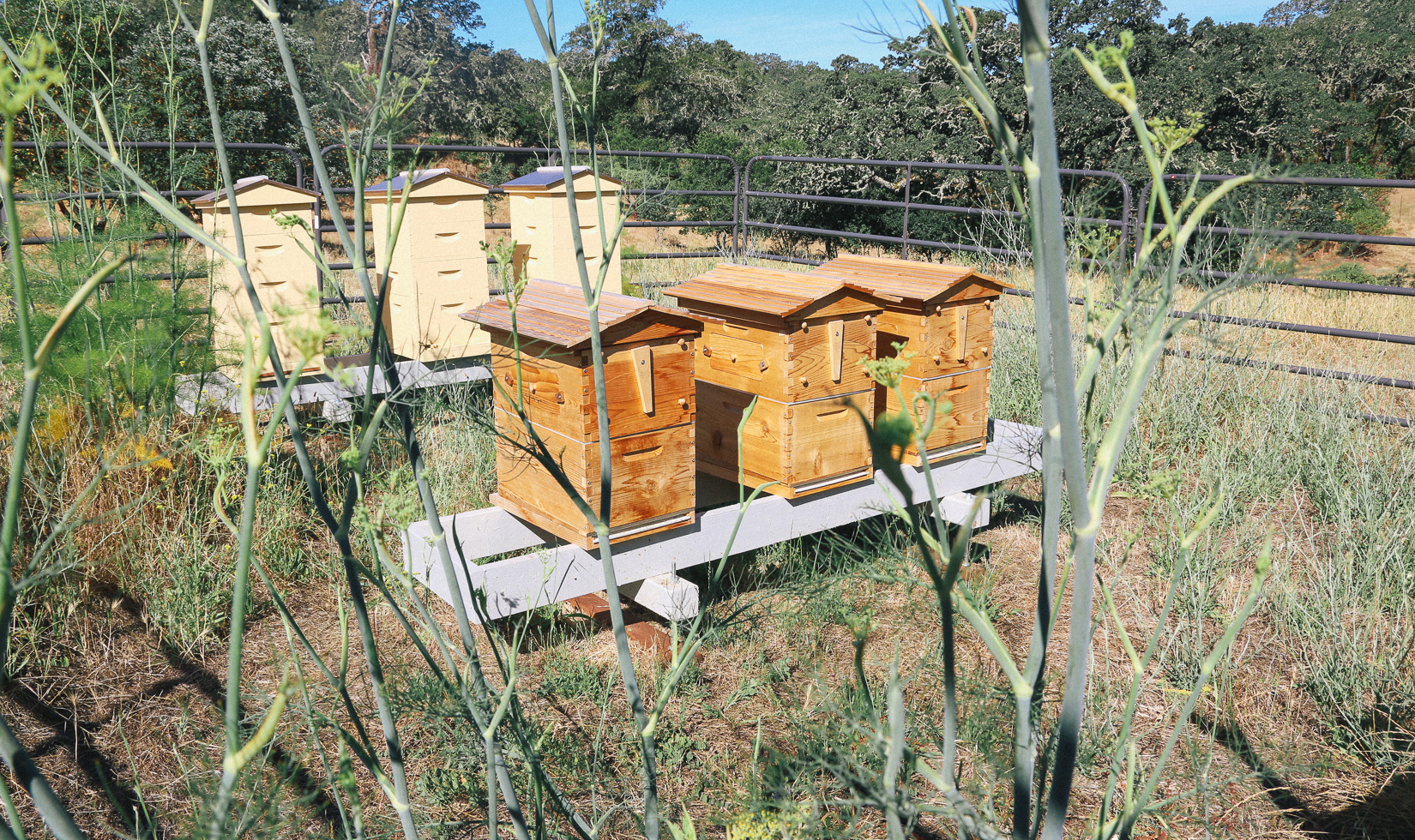

The first part deals with issues, such as the diversity of bees in urban gardens, dominant species in these areas, their nesting type, origin, specialty, and sociality. In this study, the results of 87 articles related to the presence of bees in gardens and urban farms were summarized in three general sections. Therefore, studying the ecology of pollinating bees in urban gardens and green roofs contributes greatly to urban agriculture. However, little is known about bee populations in urban areas and little attention has been paid to the function of these pollinators in cities. Most crops grown in urban environments need bees for pollination.

The world's growing population and growing need for food have increased attention to urban agriculture around the world. Pollinator garden is a way to provide in-situ conservation of native bees while sustaining the valuable pollination service in various crop plants. The bees were found year-round foraging upon the flora in were found nesting in the stems, fallen dried flowers in the pollinator garden. Apart from foraging on the flowers, the solitary bees like Megachile sp.

To non-Apis families viz., Megachilidae and Halictidae. Out of the thirty-nine species of bees, nineteen species of bees belong Thirty-nine species of bees were documented from the flora of the pollinator garden. Given the need for conservation of these pollinators, we developed a pollinator garden at Yelahanka Campus of ICAR-National Bureau of Agricultural Insect Resources in an area of one acre by planting over 50 plant species. However, pollinator population/colony decline has raised concern for their conservation in farm lands as well as in urban areas. Pollinators are important providers of ecosystem services through plant and crop pollination.


 0 kommentar(er)
0 kommentar(er)
